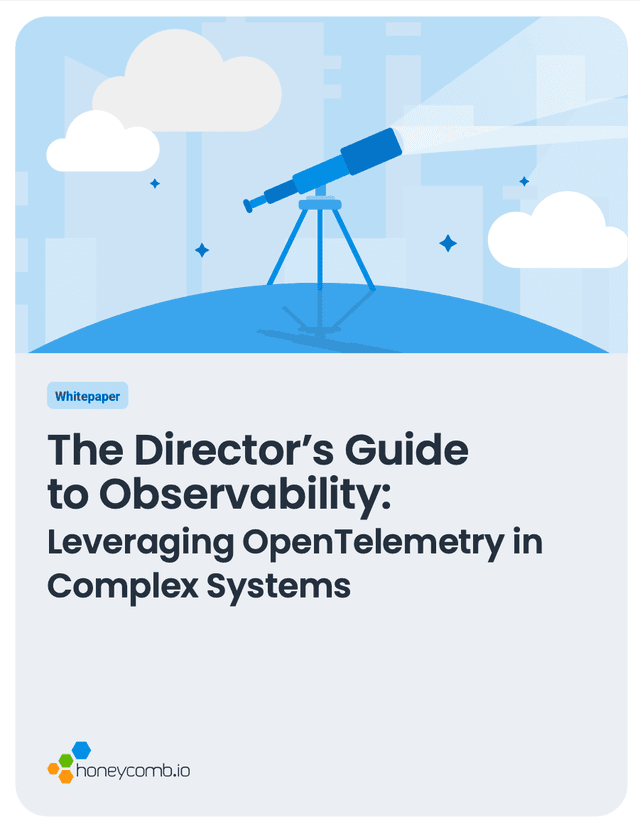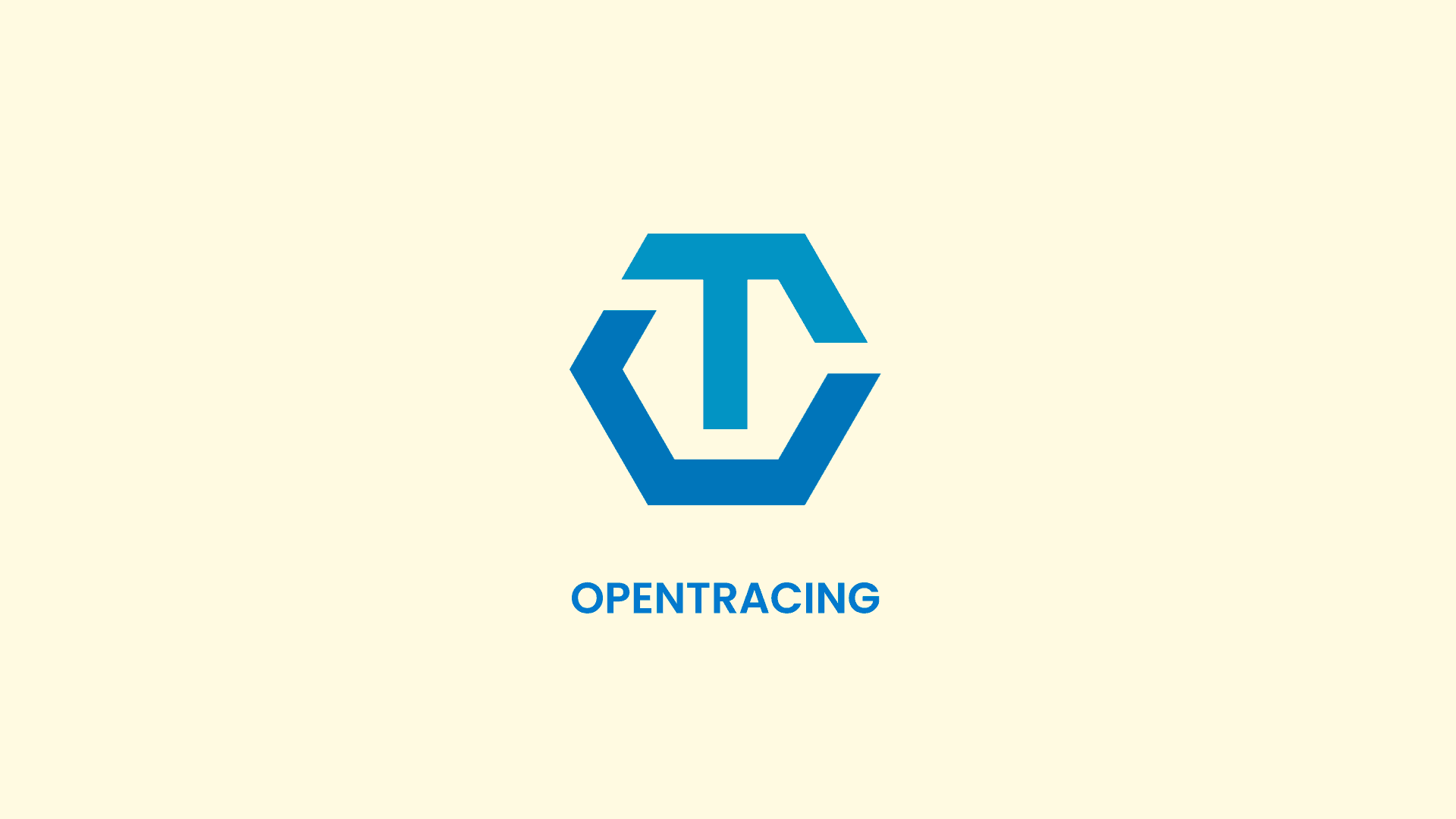What Is OpenTracing? A Walk Down Tracing History
OpenTracing was created to solve this problem by providing a vendor-neutral implementation to instrument code for distributed tracing. Over time, the community recognized the need for a broader, unified standard that went beyond tracing to also include metrics and logs.

By: Rox Williams

The Director’s Guide to Observability: Leveraging OpenTelemetry in Complex Systems
Download
Distributed systems bring us some of the most scalable, usable, and flexible architectures today, but they also make troubleshooting far more complex. A single user request might traverse dozens of microservices, databases, and APIs, making it difficult to pinpoint where failures occur or why latency is spiking.
OpenTracing was created to solve this problem by providing a vendor-neutral implementation to instrument code for distributed tracing. Over time, the community recognized the need for a broader, unified standard that went beyond tracing to also include metrics and logs.
That effort led to OpenTelemetry (OTel), which now combines and extends the work started by OpenTracing. Understanding this history helps explain how modern observability and microservices tracing standards came to be, and why OTel has become the go-to solution today. In this blog, we will discuss OpenTracing and how it has helped shape distributed tracing today.
New to Honeycomb? Get your free account today.
Get access to distributed tracing, BubbleUp, triggers, and more.
Up to 20 million events per month included.
What is OpenTracing?
OpenTracing is an open-source, vendor-neutral API specification for distributed tracing. Before OpenTracing, tracing solutions like Jaeger, Zipkin, or Lightstep would have their own instrumentation formats, making switching tools costly and time-consuming. OpenTracing solved this challenge by providing a common standard that developers could adopt once and reuse everywhere.
Launched in 2016 under the Cloud Native Computing Foundation (CNCF), OpenTracing was part of the broader effort to make observability tools interoperable across cloud-native ecosystems. It quickly became a key step in shaping how modern tracing standards are implemented today.
How OpenTracing works
OpenTracing works by defining a common language for describing what happens as a request flows through a distributed system. Developers add instrumentation to their code using the OpenTracing API, and the resulting traces can then be exported to any compliant backend (like Jaeger, Lightstep, etc). These are the key concepts in OpenTracing that help explain how it works.
- Trace: A complete record of a request across multiple services or system components.
- Span: A timed operation within a trace, such as an HTTP request or a database query.
- Context Propagation: Metadata that links spans together across service boundaries.
- Tags: Also known as attributes in OpenTelemetry, help developers capture details useful for debugging.
To illustrate these concepts, let’s say that a user goes to a web app and logs into their account, and this event calls three microservices. OpenTracing would generate a trace with multiple spans, helping developers see where bottlenecks occur and which service is contributing to latency.
OpenTracing vs. OpenTelemetry
In 2019, OpenTracing and another CNCF project, called OpenCensus, merged to form OpenTelemetry (OTel). If you’d like to learn more about these three projects, you can read our glossary on OTel, OpenCensus, and OpenTracing. In summary, OTel now provides a single unified framework for collecting metrics, logs, and traces.
If you’re still using OpenTracing, the recommended path is to migrate from OpenTracing to OpenTelemetry for long-term support and richer observability.
Growing observability standards
You don’t have to re-instrument everything or stall your adoption of observability just because parts of your system are still on OpenTracing. OpenTelemetry supports systems with OpenTracing instrumentation, allowing you to maintain your existing traces while modernizing your observability over time.
The OpenTelemetry Collector receives, processes, and exports telemetry data. Think of it as the telemetry pipeline for observability. Solutions like Honeycomb leverage the OpenTelemetry Collector to help organizations grow their observability standards.
Teams migrating from OpenTracing to OpenTelemetry with Honeycomb
Teams migrating from OpenTracing to OpenTelemetry with Honeycomb can benefit from:
- Value on day 1: Compatibility with both OTel and OpenTracing means you get value from Honeycomb day one. If your system is instrumented with OTel, you can send OTLP (OpenTelemetry Protocol) data directly to Honeycomb. If you’re using OpenTracing, you can convert your data and export it using the OpenTelemetry Collector
- Resources and support: You don’t have to figure it out alone! You’ll have step-by-step guides for introducing OTel alongside existing code, migration glossaries and comparisons to understand differences between the APIs, and a strong open community for any issues getting started with OTel.
- Deep insights: With Honeycomb + OpenTelemetry, you gain more than just compatibility. You get advanced ways to visualize traces, surface bottlenecks, catch unusual patterns, and quickly debug errors across your microservices.
OpenTracing’s legacy
OpenTracing unified fragmented tracing libraries and laid the groundwork for better observability standards. While it is now archived in favor of OpenTelemetry, its role in advancing microservices tracing was pivotal. If your team is still using OpenTracing, now is the right time to migrate to OpenTelemetry. To get started, check out our guide to getting started with OTel.